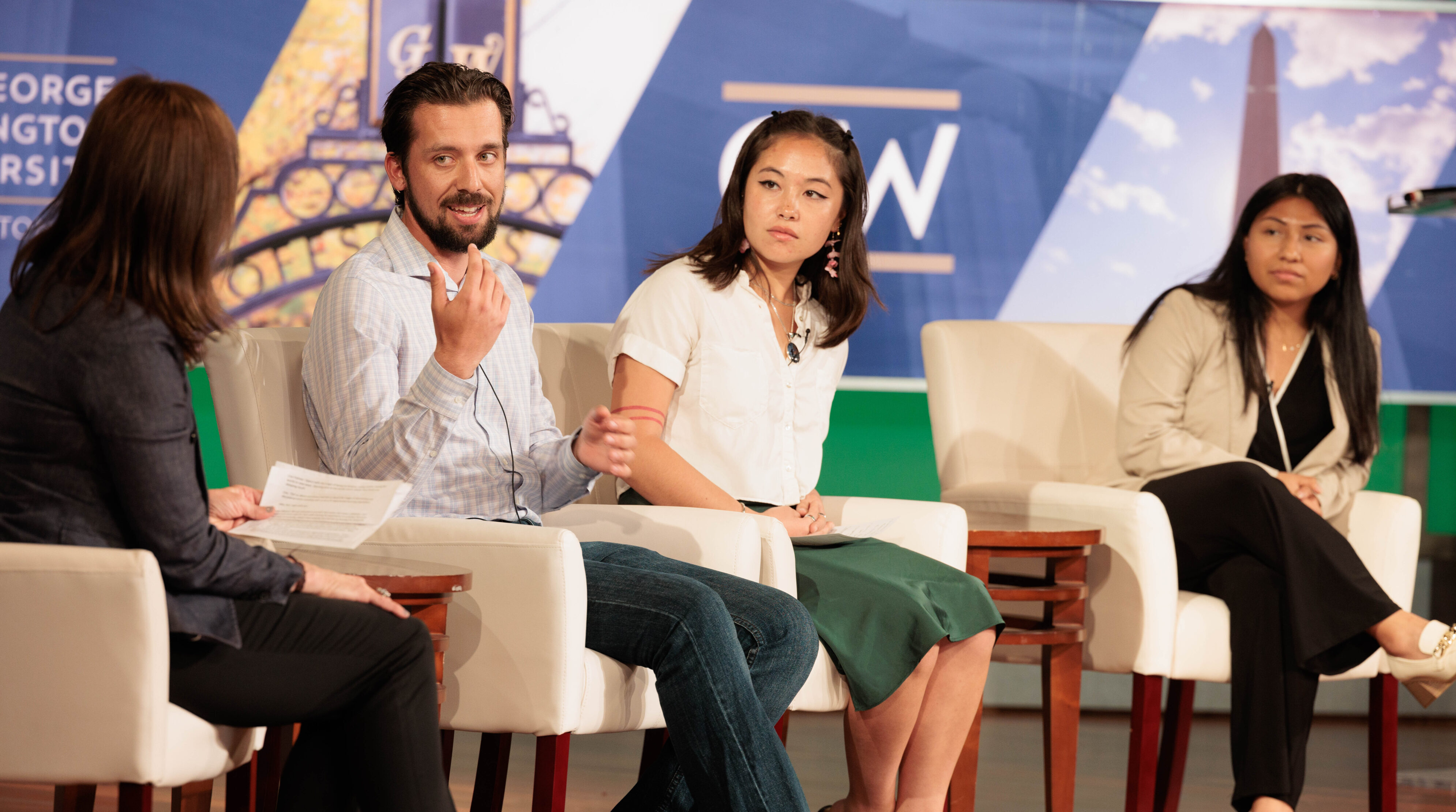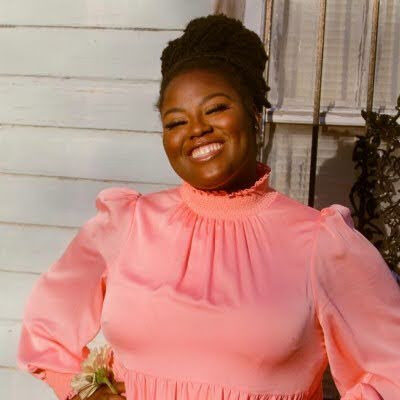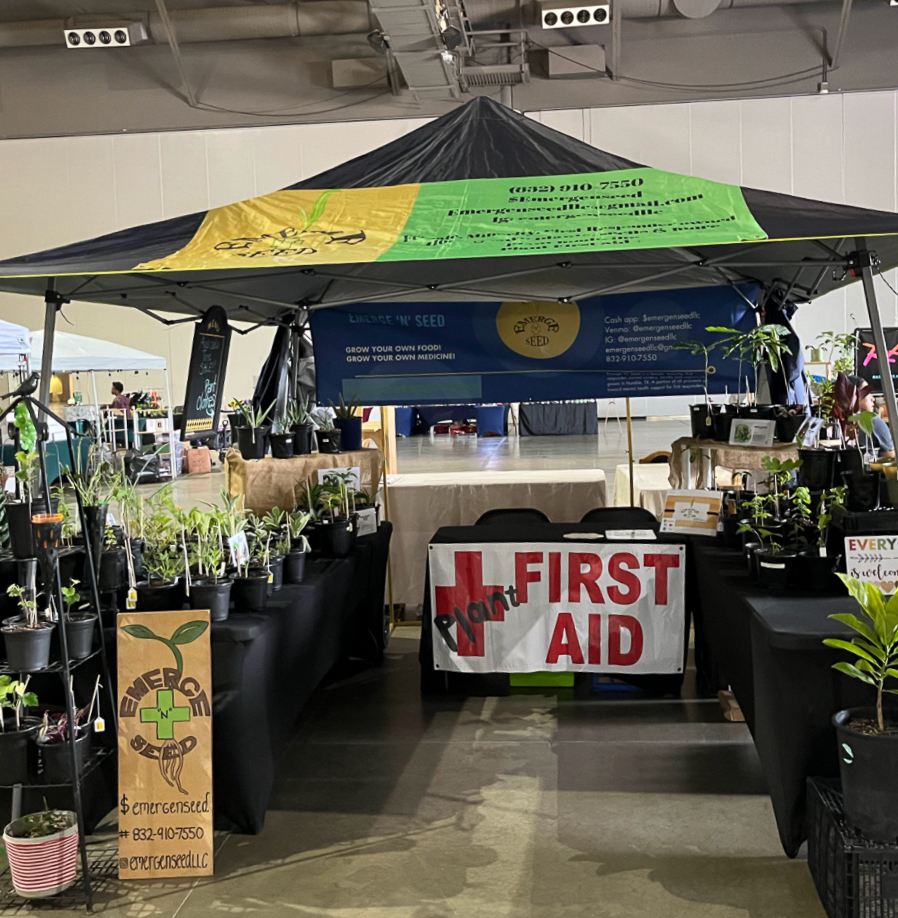How and Why To Shop Organic
For most people, grocery shopping is a chore. Not for me. I love going grocery shopping. I love it so much that I consider it a rewarding activity.
Organics: Old News, New Trend
You are what you eat, right?
Maybe that’s why everyone these days seems to be shifting to purchase organic, eating locally, and shopping at the all-so-trendy pop-up farmers market.
One might think that this craze for organic is a new trend, but in fact the “panic for organic” has been around for quite some time. The late 1980’s was when the marketplace saw the first “panic for organic,” as deemed by Actress Meryl Streep. In fact, Whole Foods, the nation’s leading supermarket for natural and organic food, founded its flagship store in Austin, Texas over thirty years ago in 1980.
Fast-forward to today’s supermarket and one enters one of the most overwhelming consumer experiences around. There are hundreds of different brands, labels, and certifications that differ from store to store, all screaming at you as you walk down the aisle, all claiming to be the most organic and healthy for you.
How can you tell what you should choose? There are a few key ways to start:
– Eric Estroff
Recently, I treated myself to a much overdue trip to Safeway. Standing in the produce section, I was faced with the dilemma of whether to purchase more expensive organic apples that were $2.99/lb. or cheaper non-organic apples that were $.99/lb. I chose the pricier apples because they were organic.
As people are more interested in where their foods come, the demand for organic has increased. In 2013, 81% of U.S. families were buying organic. But what really makes food organic?
Recently, I interviewed Dr. Kathleen Merrigan, former Deputy Secretary of the USDA, to learn more about organic food. She was instrumental in helping write the official definition of organic for the United States.
Honestly, before talking to Dr. Merrigan, I would’ve picked the cheaper non-organic apples. But since talking to her, I have changed my purchasing patterns. As a college student, I’m always looking for ways to save money but I decided for a few extra dollars that buying organic apples was worth it because I knew that those apples hadn’t been treated with any dangerous pesticides, thus they were better for me and the environment.
While $2.00/lb more is not a huge difference, I think one of the stigmas surrounding organic food is high cost. Thankfully, buying organically will no longer “break the bank.” In an effort to encourage people to eat more organically, companies such as Walmart have started introducing affordable organic food in their stores. Another method to make eating organically affordable is to understand when it’s worth it to splurge on some organic food and save on others. Buying organically matters most when it comes to produce, dairy, meat, and poultry.
When I shop at stores such as Whole Foods or Trader Joe’s, I gulp at how expensive some organic food can be. But when I shop at Safeway I embrace the purchasing power to buy organic food at more affordable prices.



















